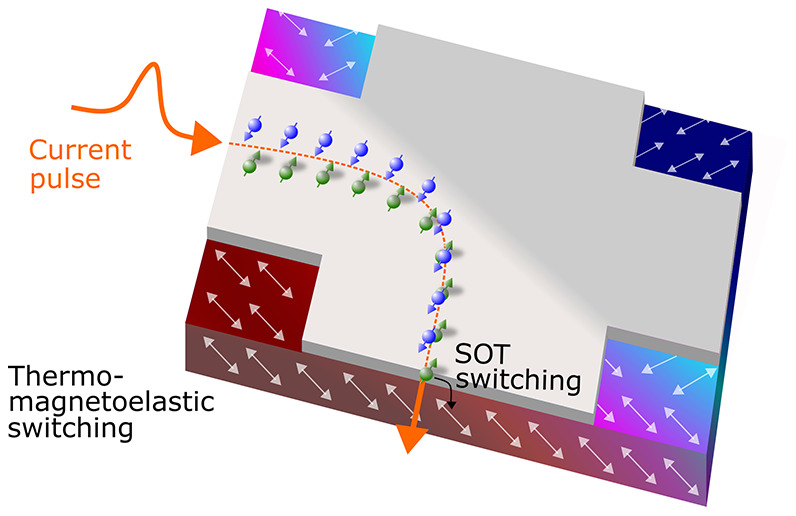Journal ID (nlm-ta): Nano Lett
Journal ID (iso-abbrev): Nano Lett
Journal ID (publisher-id): nl
Journal ID (coden): nalefd
Title:
Nano Letters
Publisher:
American Chemical Society
ISSN
(Print):
1530-6984
ISSN
(Electronic):
1530-6992
Publication date
(Electronic):
12
January
2024
Publication date Collection: 07
February
2024
Volume: 24
Issue: 5
Pages: 1471-1476
Affiliations
[†
]Institute
of Physics, Johannes Gutenberg University
Mainz , 55099 Mainz, Germany
[¶
]ALBA
Synchrotron Light Facility , 08290 Cerdanyola del Valles (Barcelona), Spain
[§
]WPI-Advanced
Institute for Materials Research, Tohoku
University , Sendai 980-8577, Japan
[∥
]Institute
for Materials Research, Tohoku University , Sendai 980-8577, Japan
[⊥
]The
Institute of AI and Beyond, The University
of Tokyo , Tokyo 113-8656, Japan
[#
]Center
for
Spintronics Research Network, Tohoku University , Sendai 980-8577, Japan
[@
]Department
of Applied Physics, The University of Tokyo , Tokyo 113-8656, Japan
[△
]Graduate
School of Excellence Materials Science in Mainz , 55128 Mainz, Germany
Author notes
Author information
Article
DOI: 10.1021/acs.nanolett.3c02890
PMC ID: 10853954
PubMed ID: 38216142
SO-VID: ce6e53a7-8d06-49cb-8bda-6c1fcac8dd71
Copyright © © 2024 The Authors. Published by American Chemical Society
License:
Permits non-commercial access and re-use, provided that author attribution and integrity
are maintained; but does not permit creation of adaptations or other derivative works
(
https://creativecommons.org/licenses/by-nc-nd/4.0/).
Funded by: Xunta de Galicia, doi 10.13039/501100010801;
Award ID: ED431G 2019/03
Funded by: H2020 Future and Emerging Technologies, doi 10.13039/100010664;
Award ID: 860060
Funded by: Xunta de Galicia, doi 10.13039/501100010801;
Award ID: ED431B 2021/013
Funded by: Xunta de Galicia, doi 10.13039/501100010801;
Award ID: ED431F 2022/04
Funded by: Ministerio de Ciencia e Innovación, doi 10.13039/501100004837;
Award ID: TED2021-130930B-I00
Funded by: European Regional Development Fund, doi 10.13039/501100008530;
Award ID: NA
Funded by: Ministerio de Ciencia e Innovación, doi 10.13039/501100004837;
Award ID: RYC 2019-026915-I
Funded by: Graduate School of Excellence Materials Science In Mainz, doi 10.13039/501100003783;
Award ID: DFG 266
Funded by: Japan Science and Technology Agency, doi 10.13039/501100002241;
Award ID: JPMJER1402
Funded by: Japan Society for the Promotion of Science, doi 10.13039/501100001691;
Award ID: JP26103005
Funded by: Japan Society for the Promotion of Science, doi 10.13039/501100001691;
Award ID: JP20K05297
Funded by: Japan Society for the Promotion of Science, doi 10.13039/501100001691;
Award ID: JP19H05600
Funded by: Deutsche Forschungsgemeinschaft, doi 10.13039/501100001659;
Award ID: TRR 173-268565370
Funded by: Deutscher Akademischer Austauschdienst, doi 10.13039/501100001655;
Award ID: 57334897
Funded by: H2020 Future and Emerging Technologies, doi 10.13039/100010664;
Award ID: 863155

